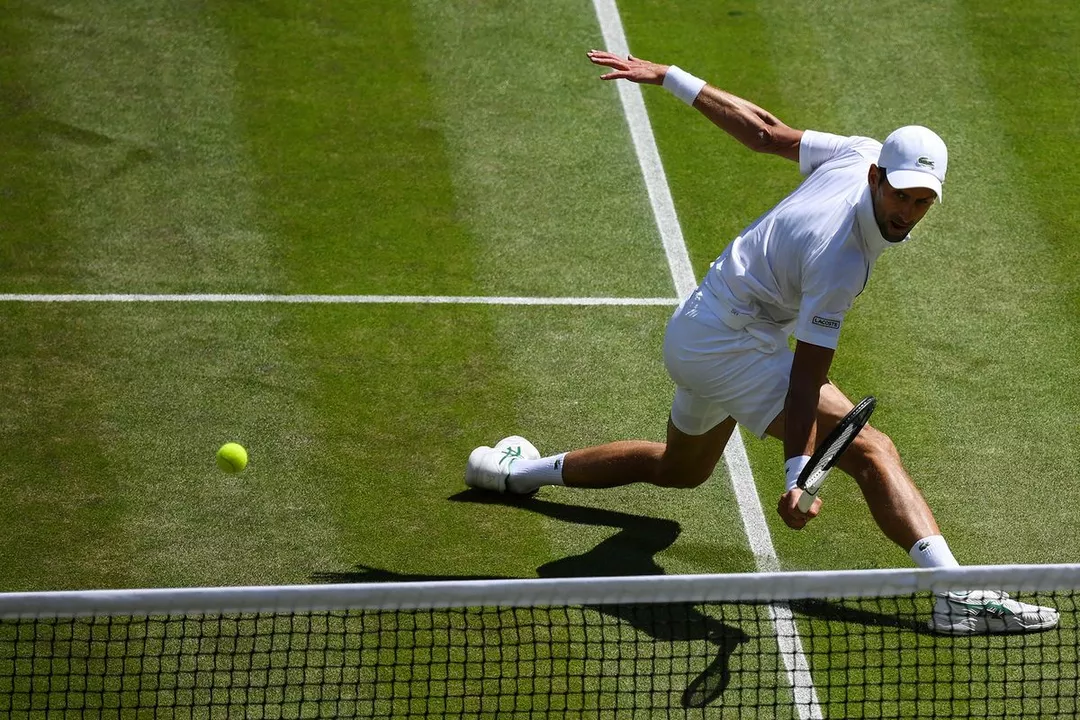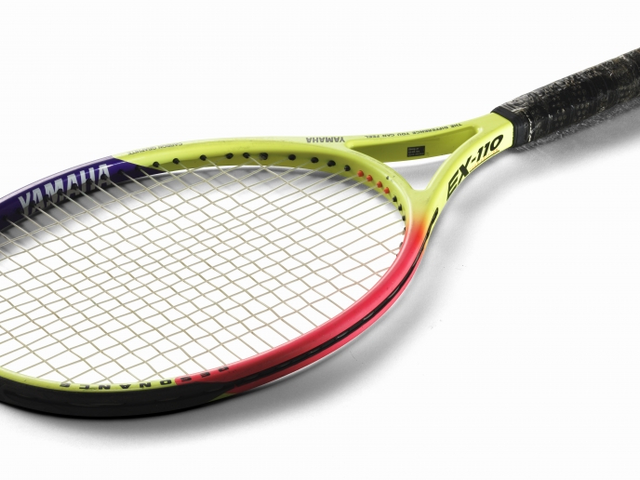What does WO mean in tennis?

Exploring the Meaning of WO in Tennis: A Closer Look
The acronym WO is used in tennis to refer to a Walkover. It's a special circumstance that can occur in a game of tennis, and it's important to understand what it means and how it affects the outcome of a match.
In tennis, a Walkover occurs when one player is unable to continue playing for any number of reasons. This could be because of an injury, illness, or simply because the player does not show up for the match. When this happens, the match is considered a Walkover and the player who was able to compete is awarded the victory.
If the Walkover is declared before the match begins, the player who was able to compete is awarded the win and the other player is awarded no points. If the Walkover is declared after the match has started, the player who was able to compete is awarded the win and the other player is awarded points based on how far the match progressed.
A Walkover can also occur when a player forfeits the match. Forfeiting a match can happen for a variety of reasons, including poor performance or a violation of the rules. When a player forfeits the match, they are awarded no points and the other player is awarded the win.
Walkovers can have a big impact on ranking and tournament play. If a player is unable to compete in a match due to illness or injury, they can be at a disadvantage when competing against other players who have had more time to practice and prepare for the match. Additionally, a forfeit can result in a player being penalized in the rankings.
In conclusion, understanding the meaning of WO in tennis is essential for players and spectators alike. Knowing the rules and implications of a Walkover can help players stay competitive, and it can also help spectators better appreciate the game of tennis.
What is WO in Tennis?
WO stands for walkover, which is a term used in tennis to describe a situation in which a player wins a match without having to play it. This occurs when a player's opponent is unable to compete for any number of reasons, such as injury, illness, or disqualification.
How Does WO Impact Tennis Matches?
When a player wins a match by walkover, it is counted as a regular win. This means that the player gains any points or ranking points associated with the win, and the score is counted as if the match was actually played. However, the player does not gain any experience from the win, nor does it count as a competitive match.
Walkovers can have a significant impact on the outcome of tournaments. For example, if the top seed in a tournament is forced to withdraw due to injury, then all of the players who were scheduled to play them will automatically advance to the next round. This can lead to lower seeded players making it further in the tournament than they otherwise would have.
Walkovers can also have an impact on the rankings of players. If a player wins a match by walkover, they will gain the points associated with the win but not the experience. This can lead to players who are technically ranked higher than they should be due to not having the experience of actually playing the matches.
Walkovers can also be used strategically. For example, a player may choose to forfeit a match if they are not feeling their best or if they are risking injury. This can help to protect their ranking and avoid further injury or illness.
Finally, walkovers can be used to the advantage of a player who is not feeling their best. If they are not feeling up to playing a match, they can forfeit the match and give their opponent a win without having to actually compete.
The Significance of WO in Tennis: A Comprehensive Guide
The acronym WO stands for walkover, a term commonly used in tennis. A walkover is a situation in which a player wins a match because their opponent was unable to compete, for whatever reason. This could be due to an injury, illness, or simply because the opponent failed to show up.
Walkovers are not uncommon in the sport of tennis. They are usually awarded when a player is unable to compete due to an injury or illness, or when they fail to show up for their match. When a player is unable to compete, the opponent is awarded the win. The win is recorded as a WO, or walkover, on their scorecard.
Walkovers can have a significant impact on a player’s ranking and the overall outcome of the match. If a player receives a WO, they are awarded all the points and any prize money that would have been allocated to the defeated opponent. This can give a player an advantage in the rankings or even lead to them winning a tournament.
Walkovers can also be used strategically. Some players may choose to forfeit a match if they are injured or ill, or if they feel they have a better chance of winning by forfeiting. This can be a controversial strategy, as it can be seen as unfair to the opponent. However, it is sometimes seen as the best option for a player who is unable to compete.
Walkovers can also be used to decide the winner of a match if both players fail to show up. In this case, the tournament organizers may award the win to the player who was scheduled to play the match. This is usually done to ensure that the tournament runs smoothly and that the winner of the match is decided fairly.
Walkovers can be a significant element of tennis, and are an important part of the game. They can affect the outcome of matches and tournaments, and can be used strategically by players. It is important for players to understand the rules and regulations surrounding WOs in order to ensure that the match is decided fairly.

